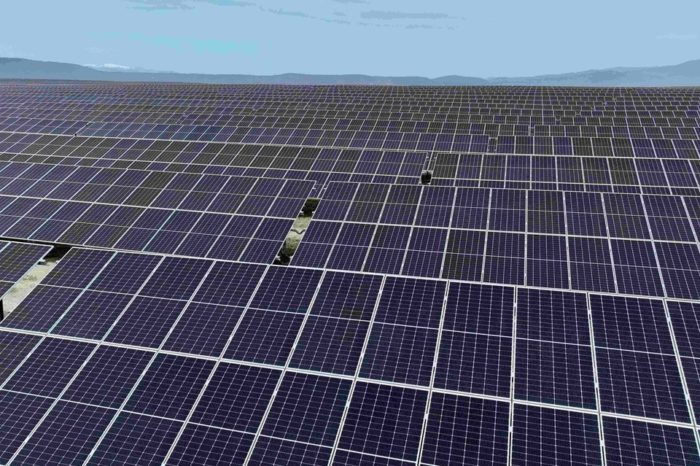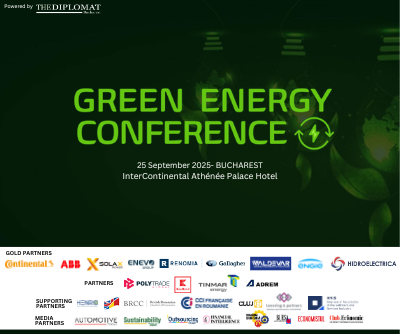Mihai Manole, CEO Tema Energy: “Building a data center in Romania costs at least 25% less than in Western Europe”

The local data center market is in a period of significant growth, with many data center builds and expansions and major interest from European and American developers, according to data from Tema Energy, the largest data center designer and builder in Romania.
Romania is very attractive for data center investments due to factors such as: the availability and low price of land, the accessibility of energy resources – a cost per MWh comparable to other markets in the region, but also an attractive energy mix thanks to wind, solar and hydro sources, fiber-optic connections to the communications networks that link Romania to the rest of the world and access to highly trained people, according to Tema Energy.
“In order to stimulate this industry, the authorities need to support the attraction of large investors, creating examples of success by regulating the construction approval process, simplifying the connection to utilities, energy subsidies and tax exemptions, following the model of other European countries such as Italy and Spain,” said Mihai Manole, CEO of Tema Energy and organizer of the DataCenter Forum, the event dedicated to the data center industry in Romania. The Forum will take place on May 7 and will gather around 700 participants from Romania and the region.
The Tema Energy manager adds that the data center market in Romania is in a phase of “gain momentum” and among those most interested in expanding or building new data centers are companies in the energy, real estate and telecommunications sectors. Some of these players are in the analysis and design phase, while others have already acquired the land and started the process of obtaining permits and authorizations.
“Large companies in these sectors are interested in the data center sector, driven by the explosion in demand generated by Artificial Intelligence, but also by the strong growth in demand for cloud services. Western Europe’s high construction costs of more than €10 million per MW are leading investors to turn their attention to Central and Eastern Europe. In countries such as Greece and Poland, these costs are on average below €7.5m, and in Romania they can be even lower due to lower land prices. In Bucharest, a number of large investment and real estate players have secured large plots of land in well-located areas with easy access to the national grid. At the same time, they have applied for approvals for connections of tens or even hundreds of MW, necessary for the development of future data centers, with the aim of having them operated by specialized companies,” Mihai Manole explained.
Investors prefer Bucharest to Budapest. The Capital could grow from the current 20 MW to 50 MW by the end of 2027
The economic growth of Bucharest in recent years has led most investors and developers to prefer it over other capitals in the region such as Budapest or Sofia for the construction of new data centers.
“At the level of Bucharest – which concentrates the largest investments – the market could grow from a capacity of about 20 MW today to 50 MW in the next two years. We know with certainty that the data centers in Bucharest are close to full capacity, estimating an occupancy rate of around 95%. Many players do not have the power capacity to meet the growing customer demand. At least two centers in Bucharest are involved in capacity expansion, but also in moving to the high-density model – so more processing power in the same space or opening new locations,” added Tema Energy’s CEO.
Bucharest had a data center vacancy rate of 5% in 2024, almost half the 9.8% for the FLAP region (Frankfurt, London, Amsterdam, Paris – the most developed in Europe) and well below the estimate of around 7.9% for 2025.
“A non-occupancy rate of only 5% in Bucharest suggests that many companies fail to find the necessary resources to colocate digital projects, which will most likely lead to an upward trend in prices for such services,” Mihai Manole explained.















